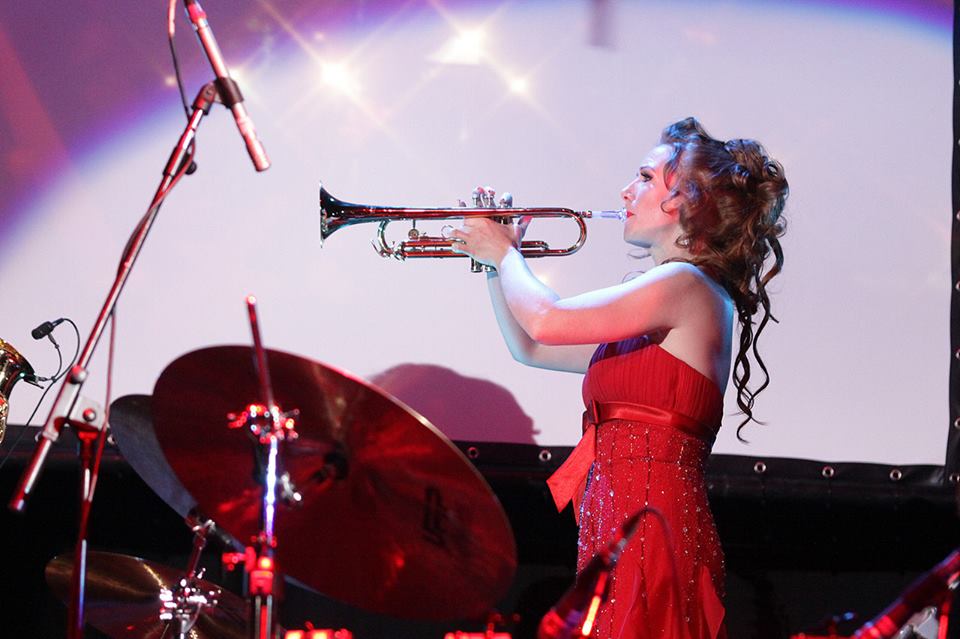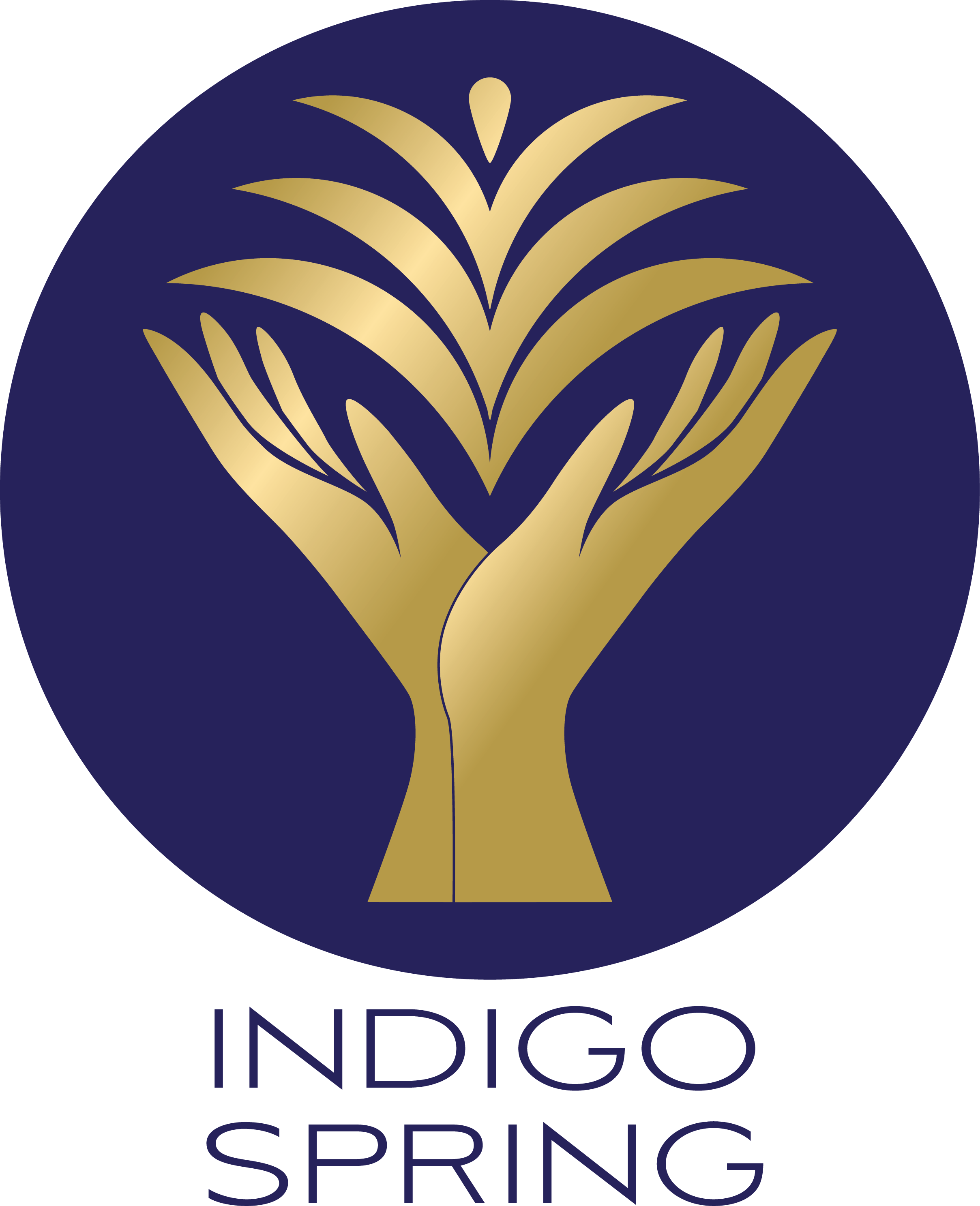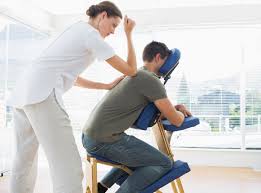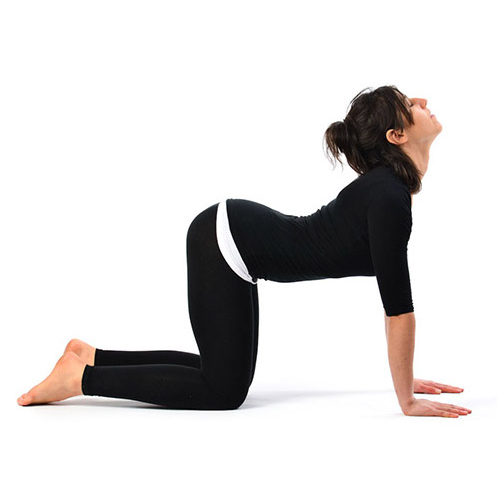Massage for Musicians
Here’s me, I sing and play trumpet with Hidden Agenda, a funk and disco band in Berkshire.
I’ve played in a broad range of ensembles over the years and have worked with many musicians. One thing we have in common is a tendency to play in fixed positions. We focus very well on the music and the arrangement, our breathing and posture, but all too often, we lock our bodies to help us last the distance.
As a result we often get pulled muscles, reduced flexibility, pain and stress in specific areas of the body.

WHY GET A MASSAGE?
Here at Indigo Spring, we specialise in massage for musicians, working on the specific areas you need to build muscles for your chosen instrument.
Drummers often come to me with enlarged trapezius muscles and tension in their wrists and arms.
Saxophonists will often play with a slight twist which affects shoulders and spine.
And singers will often struggle with back problems due to poor posture or unhelpful costumes.
Massage can help you alleviate pain, increase mobility and reduce stress.
View massage not as a luxury indulgence, but as a core stage in maintaining your health and wellbeing.

5 Reasons to book an Office Massage
Seated Massage benefits companies by:
- Reducing stress – by lowering heart rate and blood pressure.
- Reducing staff absence – by increasing white blood cells to boost immune system.
- Imoroves posture – by realigning muscles to work in the optimum way.
- Increases productivity – Research shows that productivity increases by 10% after a massage.
- Easy to organise – Ring or email Morag to book a package to suit your company’s needs – [email protected]
Sitting at a computer all day, no time to move around and stretch? Office massage is the solution for you. Many of us are working long hours in fixed positions, and this is affecting our posture and concentration.
Indigo Spring offers Seated Massage in your place of work with a specially designed massage chair for you to enjoy a 15 minute back neck and shoulders massage. All we need is a corner of a room and employees who want to feel better!
“I see lots of customers with stiff lower backs, necks, rounded shoulders and shoulder blades. This can be quickly alleviated and massage provides stress relief at the same time”.
Keeping Flexible

When presented with a sore back, increasing stress, blocked sinuses or digestive troubles, an easy self-help remedy is to combine two simple yoga poses. The Cat and the Cow Pose. Follow these instructions to relieve early pain. If pain continues after a few days, give us a call for your free consultation at Indigo Spring.
- Begin on your hands and knees with wrists directly under shoulders and knees directly under hips. This will protect your joints.
- Inhale as you drop your belly slowly towards the mat, lift your head and chest to the sky and look up. This is the Cow Pose.
- Draw your shoulders down away from your ears.
- As you exhale draw your navel towards your spine and round your back towards the sky. This is the Cat Pose.
- Release the crown of your head towards the floor.
- Inhale into Cow Pose. Exhale into Cat Pose.
- Repeat 10 times and sit back upright.
Notes:
- Work within your own flexibility and move slowly.
- If wrists hurt, place forearms on floor.
- If knees hurt, place blanket beneath them.
- Practice the Cat Cow Spinal Curl in the morning, when you’ve been sitting for a long time, or as a warm up before exercise.
Enjoy!
3 Minute Breathing Space
Time for resolutions? Well possibly, but for me it’s about really making time for yourself. Not just when we hit a difficult point but throughout the days and the weeks. Each time I sit down to reflect, the most fundamental of practices comes to the forefront. Just Breathe. So here is one of my favourite easy techniques shared by my good friend @jillyoga.
3 minute breathing space.
Take a moment to find a comfortable place to sit. Bring your awareness into your breathing. And as you exhale, close your eyes. Bring your awareness into your body. Allow your muscles to begin to relax. Starting at your feet and scanning up the whole of your body. Noticing as you do if you are holding any tension anywhere. And just seeing if you can let go any of that tension. Just a little.
Become aware of your breathing. Notice the inhalation, and the exhalation. Not changing it in any way. Just noticing. Is it deep or shallow? Short or long? Feel the breath in your abdomen, expanding as the breathe comes in, and falling back as the breath goes out. The breath is our connection to the body, to mindfulness, becoming present. If you want to you could introduce counting. Counting 2 or 3 on the inhalation and 2 or 3 on the exhalation. There’s no right way to feel. No control. Just allowing the breath to breathe itself. The whole body breathing, from the inside out. And then letting go of the breathing, not even trying to breathe. Allowing the mind to do exactly what it wants to do. Just allowing the body to be just the way it wants to be.
Coming home to your body. To this moment. Remembering the stillness we seek, doesn’t come from because the world is quiet or the mind is still . Stillness is nourished when we allow things to be just the way they are, in this moment. Moment by moment.
I found it useful to imagine this exercise as an hourglass shape. Suggested by Mark Williams and Danny Penman in their Mindfulness book.
The wide opening at the top is like the first stage of the breathing space. Becoming Aware and gently acknowledging whatever is entering and leaving awareness. It allows you to notice whether you are caught in the Doing mode of life and if so helping you to shift to the Being mode.
The second step is like the narrowing of the hourglass. Focusing attention on one specific area and observing rather than influencing. Focus on the breath moving in the lower abdomen, focus on the physical sensation and gently coax your mind back to the breath when it wanders.
The third step is the broadening base of the hourglass as you open your awareness. Here you gently and firmly affirm yourself in the world.




